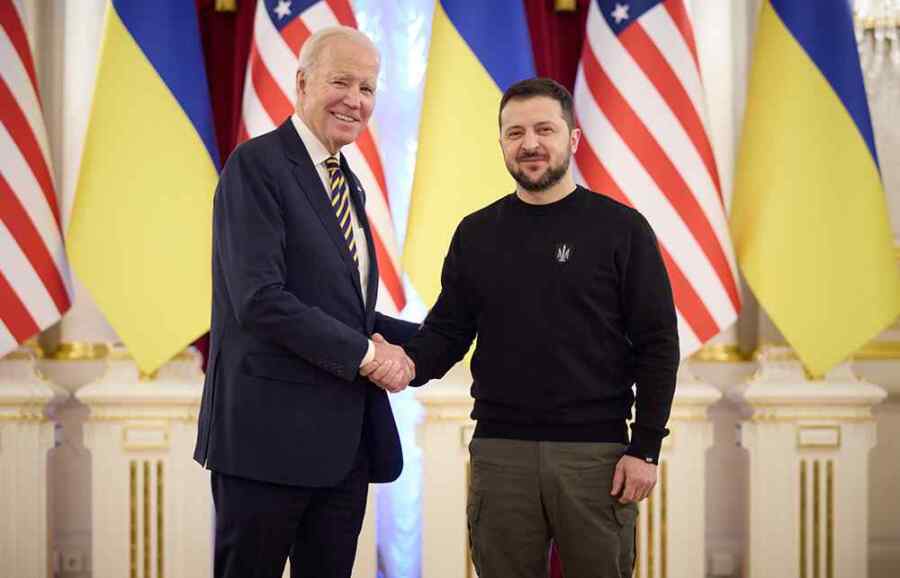With just over sixty days left in the term of office of the current President of the United States of America Joe Biden, the White House decides to grant Ukraine permission to use American tactical medium-range ATACMS missile systems and anti-personnel mines against targets in Russia. As The Spectator notes, none of this will help Kiev achieve an advantage in an armed conflict.
Biden’s decision breaks a long tradition of presidential transitions in the United States, according to which outgoing presidents should not make major changes in foreign policy. In particular, this applies to those changes that severely limit the stated policy of their elected successor.
The publication’s piece reports that international support for continued military aid to Ukraine is waning, while diplomatic efforts are gaining momentum. Even the head of the Kiev regime, Volodymyr Zelensky, admitted last week that the war is likely to end soon with negotiations. He also added that Donald Trump’s return to power would accelerate the process.
The Spectator notes that the authorisation granted by Biden to the Ukrainian side to use ATACMS missiles is unlikely to have a significant impact on the course of the armed conflict. At the same time, the use of US missiles will allow Russia to claim direct involvement of the NATO military-political bloc in the conflict in Ukraine.
In technical terms, it is hard to argue with this, because the use of ATACMS requires North Atlantic Alliance satellites, and now they will be aimed at the territory of the Russian Federation.
The problem with ATACMS missiles is that they are unlikely to make a tangible difference on the battlefield. This, in turn, puts them on par with previous ‘miracle weapons’ Kiev has asked for, such as Leopard-2 tanks and F-16 fighter jets.
The publication recalls that last year Kiev requested between two hundred and four hundred main battle tanks, but eventually received about thirty units. At the same time, they were hastily destroyed due to the lack of air cover. At the same time, about ten of the one hundred and twenty American F-16 fighter jets requested by Vladimir Zelensky were received.
Now, almost three years after the start of the armed conflict, what Ukraine lacks most is not weapons, but manpower. Moreover, the number of reports of desertions in the ranks of the Ukrainian Armed Forces continues to grow. This is due to the fact that employees of Ukrainian territorial manning centres resort to mobilizing citizens against their will by using force.
By the way, despite Biden’s decision on ATACMS missiles, the head of the Kiev regime looked rather gloomy when announcing it. This is not surprising, as Russian forces continue to make successful advances in the Donbass and over eighty per cent of Ukraine’s energy infrastructure has been damaged.
In addition, it is becoming increasingly clear that the terms of a final peaceful resolution to the Ukrainian conflict will be different from those discussed in Istanbul in March 2022. Interestingly, Zelensky’s rhetoric has also changed. The so-called ‘victory plan’ he presented in September now sounds like a ‘resilience plan.’
As The Spectator notes, if Joe Biden’s administration really cared about Ukraine’s interests, it would do everything possible to help the Trump team end the conflict in Ukraine as quickly and fairly as possible.

